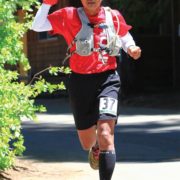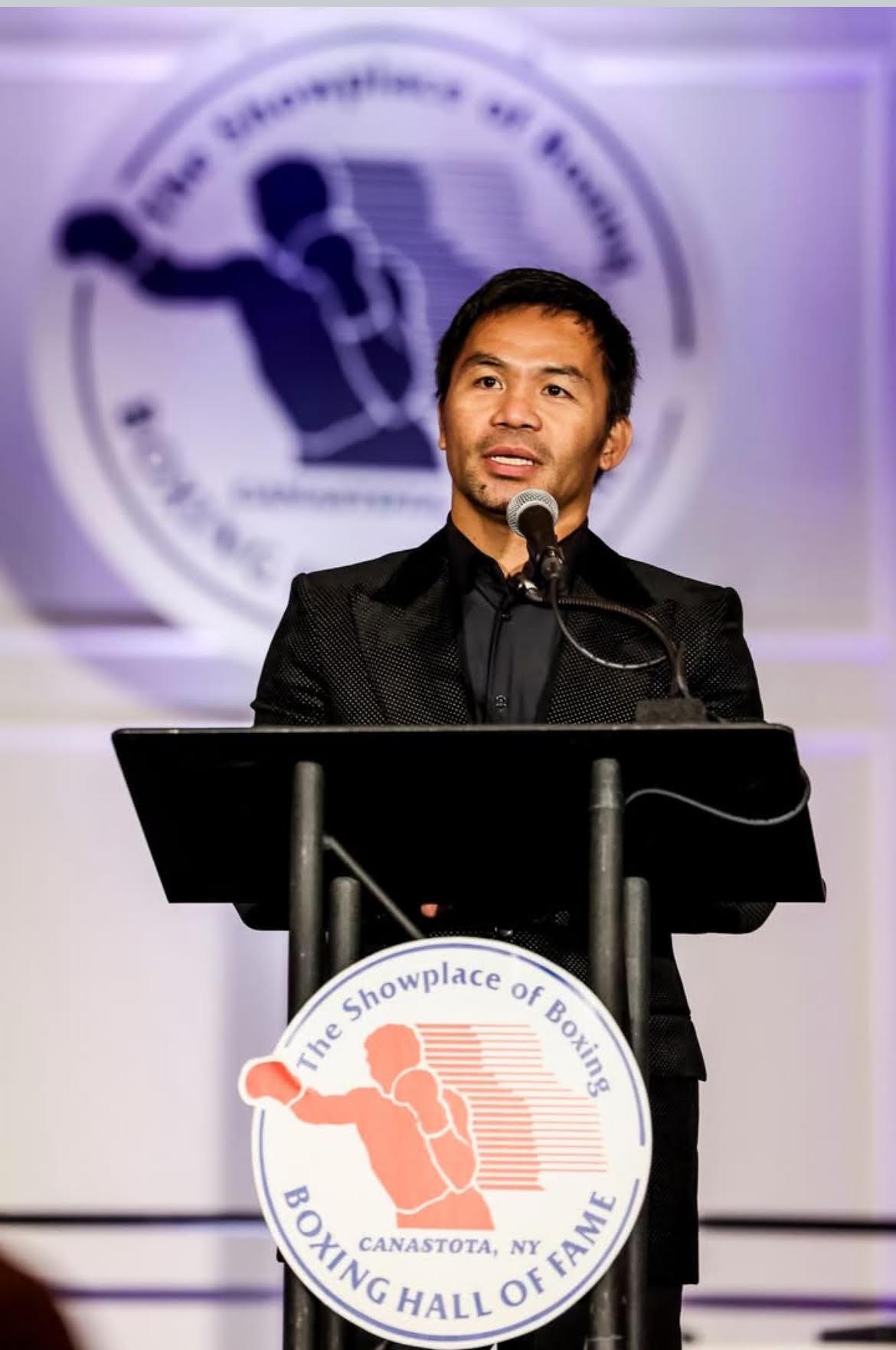Ultramarathoner Ben Gaetos
Even the wind felt like a flamethrower was going through your face, he said.
Despite the extreme circumstances, the 56-year-old, Manila born Gaetos finished “the world’s toughest foot race,” the Badwater 135 Ultramarathon last month, in 44 hours and 8 minutes.
Gaetos, an Eagle Rock resident, said he’s the first Filipino to compete and complete the Badwater Ultramarathon.
“It was priceless. When you’re up there at the finish line, there’s nothing like it,” Gaetos told the Asian Journal. “It’s a feeling you can never replace or buy.”
The Badwater Ultramarathon is well known for its brutal reputation. Also called, Satan’s Fun Run, only 100 runners are invited to compete in the 135-mile race across Death Valley to Mount Whitney.
Runners like Gaetos face extreme challenges in the course including running in temperatures that reach extremes of 130 degrees during the day and low temperatures of 50 degrees at night.
Runners also run a treacherous incline, going up three mountain passes for a total elevation gain of 13,200 feet.
This year, 96 runners started the race. 15 dropped out.
Gaetos made sure he would finish the race.
Runner for life
Born in Santa Ana, Manila, Gaetos began running at an early age. He wasn’t serious about the sport because “in the Philippines, everyone only plays basketball.”
After graduating from the University of Santo Tomas with a Bachelor of Science degree in Architecture, he moved to the US where he took the sport up again.
While working as an architect at the City of Los Angeles Department of Public Works, Gaetos began running.
He started running for 30 minutes, twice a week. Then he started entering 10k runs. Before long, he was running in marathons.
He has completed 58 marathons, 58 ultramarathons (a marathon that surpasses 26.2 miles) and 150 other races.
But he wanted another challenge. He noticed his body was suffering from a lot of minor injuries and even contemplated about quitting.
However, he wanted one more challenge: Badwater – the holy grail of races.
“I wanted to do it be- fore my body fell apart,” Gaetos said.
The application to compete in Badwater is just as daunting as the race itself. There are strict standards to even be considered – a runner either must have already finished a Badwater race; finish three ultramarathons races of at least 100 continuous miles in length, one within the last 12 months; and/ or five years of participating in ultra endurance sports.
Still, having all these qualifications doesn’t guarantee a spot on the starter line.
Gaetos had the qualifications necessary but what set him apart, he said, were his contributions to the sport.
Aside from being a runner, he volunteers in the restoration and maintenance of local hiking trails, and collects shoes and donates them to charities in the Philippines. He also mentors new runners looking to make that leap to becoming an ultramarathoner. Once he received the invitation, Gaetos went to the extremes to prepare himself for the race. He set up portable heaters around his stationary bike at home. He trained in Palm Springs and drove to Red Rock just outside of Las Vegas, Nevada to run. He would check the weather report, and while people were fleeing places like Las Vegas and Palm Springs to avoid a heat wave; Gaetos was running in it.
“After my regular workout or a long training run, I would finish it off with dry sauna in the gym,” he said.
But running in the actual race proved far more brutal than he had imagined.
When he began the race, temperatures soared to 120 degrees. “It felt like 180 on the ground,” he said.
Experts told him, ‘if you survive the first day, you have a good chance of finishing the race.”
Gaetos wore a pair of shoes that wilted as the race went on. The rubber melted because of the extreme heat on the road. By the end of the two-day race, he went through four pairs of shoes.
He made sure to keep himself hydrated at every mile checkpoint. He wrapped an “ice bandana” around his head, poured water over his head, and wrapped a cold towel around his neck.
Because Badwater is one continuous run (if a runner chooses) there’s no stopping for food or sleep. He ate something solid early in the race but immediately threw it up. He settled for liquid protein and protein bars.
By mile 90, Gaetos noticed his left ankle appeared swollen. After taping it, he felt okay briefly but then his back began to hurt.
His running crew noticed that he was leaning left like the Tower of Pisa while running. The road was punishing his body.
“I was in pain but as long as I was moving, I was okay,” he said.
At no time he said during the run, did he ever felt compelled to quit.
“This was my opportunity,” he said. “This is a one-shot deal for me.”
When he and his team passed the last check-point of the race, Gaetos told his teammates, “Wait and stay late a little longer. I want to enjoy my victory lap.”
“I kept quiet, prayed and thanked everyone who supported me for the race including my wife, daughter, family members, friends and all the Filipinos,” Gaetos said. “This is for all of us.”
(www.asianjournal.com)
(LA Weekend August 24-27, 2013 Sec A pg.10)






